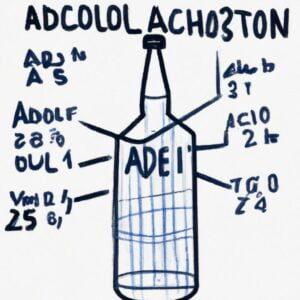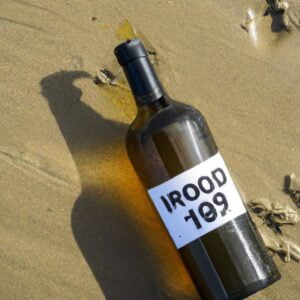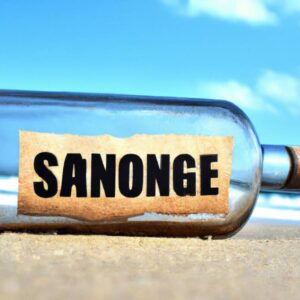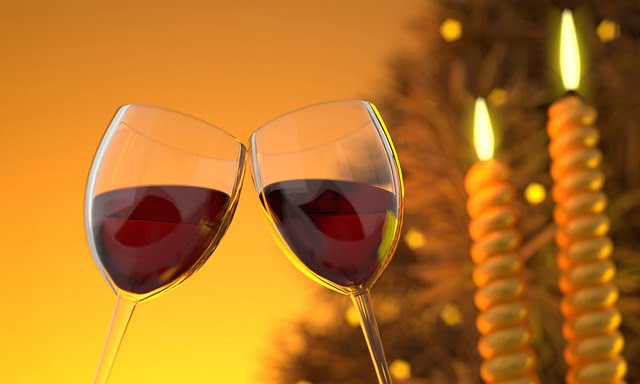The alcohol content in any alcoholic drink means how much pure ethyl alcohol is present. It is also renowned as alcohol by volume(ABV). The alcohol percentage in any drink determines the health of that drink, whether it will be strong, smooth, harsh, or light. A spirit with a 42% ABV means that it contains 42 percent pure alcohol, and the rest of the 58% will be other components of the brand like flavors, water, etc.
- Beer: 3-9% ABV
- Wine: 11-15% ABV
- Spirits: 40-52% ABV

What is ABV in Alcohol?
ABV and alcohol content have the same meaning. Its full form is “alcohol units by volume”. Most of the current top-selling brands use this term to represent the percentage of alcohol. Most of the whiskies usually have 42 percent alcohol by volume.
What is Alcohol Proof?
Regarding alcohol Proof is another important term to use to measure the alcohol content of any drink. A proof is double the alcohol percentage, or ABV, of the alcohol drink. Like an alcohol with 80 proof will have 40% ABV. This terminology is most common in the USA and Canada.
The terminology proof has a very interesting history that starts in the 1550s with the tax department of Britain. This department, when used to impose tax on alcohol, was able to find out the exact method to determine the strength of alcohol. They were ordered to tax strong alcohol twice; that was the motive behind their invention of a method to determine the strength of alcohol. They put alcohol on gun powder and lit it on fire; if this powder ignited, it was assumed this is a strong alcohol. The term proof was derived from this method to describe the strength of alcohol.
- Beer: 6-18 proof
- Wine: 20-30 proof
- Spirits: 80-100 proof

What is a Strong Alcohol?
A strong alcohol is one with a high alcohol content. All the spirits are generally strong, with an alcohol content of 40–50%. Fortified wines and port are typically considered strong alcoholic beverages, with ABVs ranging from 15-20%.Beers are usually light alcoholic drinks because they have an ABV under 10 percent.
What is a Harsh Alcohol?
A strong, unpleasant alcoholic drink or a drink that burns the throat when anybody drinks it. It’s almost impossible to drink its shot in a single sip. A harsh alcohol can’t be swollen easily without a funny facial expression. Some important features and signs of harsh alcohol are its strong aroma, bitter taste, burning sensation in the throat, and the fact that it is impossible to take a shot in a single sip.
What is Potent Drink?
Potent is a simple but important term used for alcohol drinks. The term “potent” refers to drinks with a high ABV, a rich flavor, and a strong effect. Potent alcohols always boost the drinker whenever they consume them. It will be one of the most popular drinks in 2022.Anybody can identify a drink as potent by feeling the following things after drinking: lack of warmth, immediate energy, dizziness, impaired judgement, and lack of confidence.

Water Diluted Alcohol
“Water dilution” is a simple alcohol-related term that means adding an unspecified quantity of water to an alcohol. Water dilution is usually done in those cases when consuming high-alcohol drinks just to decrease their potential. Water dilution decreases the ABV of any alcohol. It also has a significant impact on the taste and aroma of original alcohol. This practice has been performed in most of the bars and pubs in India.
Non Alcoholic Drinks
The term nonalcoholic is used for those drinks that contain zero ethyl alcohol. The most common examples of non-alcoholic drinks are juices, coffee, soda, and energy drinks. In India, a huge market for non-alcoholic drinks has emerged. A non-alcoholic drink contains caffeine, nicotine, and other things. They are usually used for freshness purposes.



9 thoughts on “ABV, Proof, Strength, Potent, Dilute Alcohols”